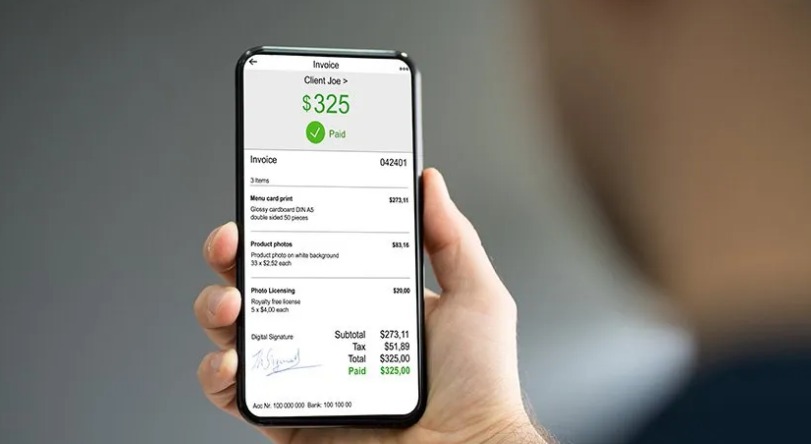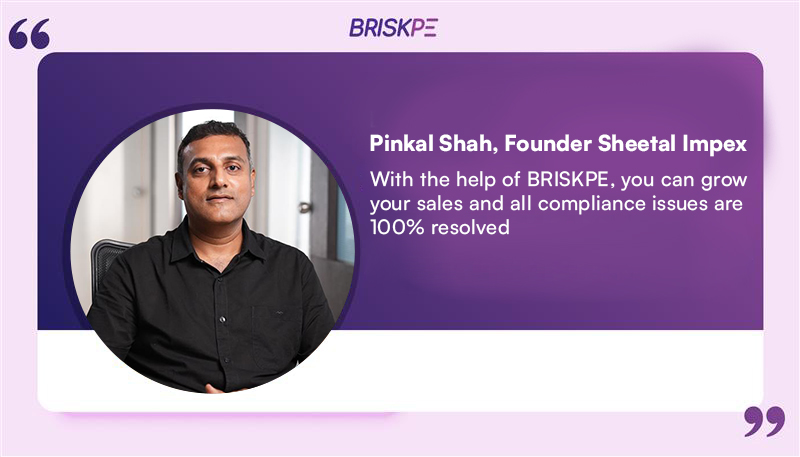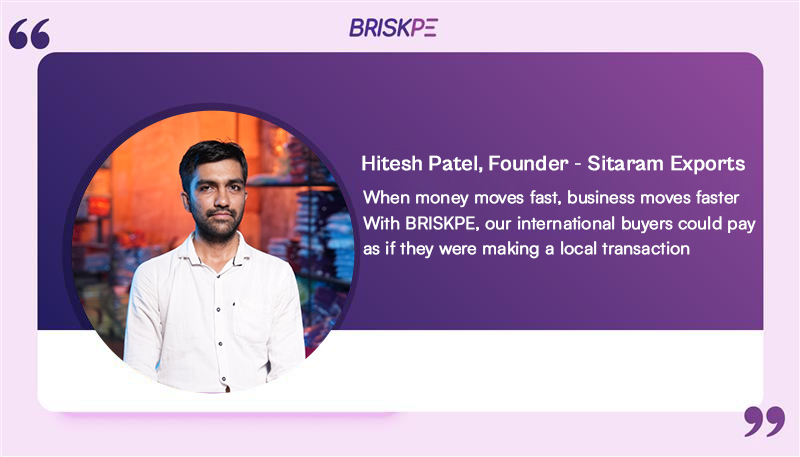Navigating the complexities of international trade is a common challenge for exporters, particularly when it comes to managing payments. One of the most frequent scenarios that requires careful handling is when a payment received doesn’t perfectly match a single invoice. This often happens in two key ways: a single payment covering multiple invoices (partial realization) or a single large invoice being paid in multiple installments.
This blog will explain how to handle these situations correctly, ensuring you remain compliant with RBI regulations.
What is Export Realization?
Export realization is the process by which an exporter receives payment for goods or services sold to a foreign buyer. It marks the final step of a sale, converting the value of the export into cash. According to the Reserve Bank of India (RBI), this payment must be received within a specific timeframe, making timely and accurate realization crucial for an exporter’s financial health and compliance.
Navigating Partial Export Realization
In international trade, it’s not uncommon for a payment to not perfectly match a single invoice. This situation, known as partial export realization, can happen in a couple of ways, and it requires careful management to ensure proper financial reconciliation and compliance with banking regulations.
1. One Payment for Multiple Invoices
Sometimes a foreign buyer will make a single payment that covers several invoices at once. This usually occurs with long-term business partners who have a regular, ongoing flow of trade. While convenient for the importer, it can complicate the reconciliation process for the exporter’s bank.
For example, an exporter might have shipped three separate orders, each with its own invoice number (e.g., INV-001, INV-002, and INV-003). Instead of making three individual payments, the importer sends one single remittance covering the total amount of all three invoices. To manage this, the exporter must provide their bank with a clear statement showing which invoices are being settled by the single payment, along with a copy of each invoice.
2. One Invoice Paid in Multiple Installments
In other cases, a single large invoice may be paid in several installments. This is common for high-value contracts or projects where payment is tied to different stages of completion. For instance, an agreement might stipulate a 30% upfront payment upon signing, 50% upon shipment, and the final 20% upon delivery and inspection.
Each of these installments represents a partial realization of the total invoice value. The exporter must meticulously track each payment received against the original, full invoice. They must also communicate clearly with their bank, providing the necessary documentation for each installment to be correctly credited and reported.
Managing these scenarios requires a proactive approach. Exporters must maintain detailed records and work closely with their bank to provide all necessary documentation. By doing so, they can ensure accurate reconciliation, maintain a clear financial picture, and stay in compliance with all trade and banking regulations.
The Challenge of Partial Realization
In international trade, it’s common for a buyer to make a single bulk payment for several smaller export orders. Conversely, a large, multi-shipment contract might result in a buyer paying in several smaller installments over time.
While these scenarios are standard business practice, they create a reconciliation challenge for exporters, particularly for RBI reporting. Each export transaction, documented by a Shipping Bill, must be officially closed in the RBI’s system. This closure is linked to the receipt of payment, which is validated by an eBRC (Electronic Bank Realization Certificate). The core problem is that the number of payments may not directly match the number of invoices or shipments.
The Role of eBRC and EDPMS
The eBRC is the digital proof that you have received payment for an export. It is a critical document for compliance and for availing export incentives. The eBRC acts as the bridge between your export document (the Shipping Bill) and the actual payment received.
The RBI tracks all export transactions through the Export Data Processing and Monitoring System (EDPMS). When you ship goods, your bank reports the transaction to the EDPMS. The record remains “open” until the full payment is received and the transaction is closed out. A failure to close these records can lead to your firm being flagged in the RBI’s system.
A Step-by-Step Guide for Handling Partial Realization
Handling partial realization is all about accurate communication between you, your bank, and the regulatory system.
Scenario 1: One Payment for Multiple Invoices
This occurs when a single inward remittance covers multiple invoices or Shipping Bills.
Your Action: When you receive a single payment, you must inform your Authorized Dealer (AD) bank that this remittance corresponds to several different export documents. You should provide the bank with a clear list of all the invoice numbers and their respective values that are being settled by this single payment.
The Bank’s Role: The bank will issue a single eBRC for the total amount received. This eBRC will list the details of the single remittance.
The Reporting: You will then use this one eBRC to close out the multiple open Shipping Bills in the EDPMS. The system allows you to link a single eBRC to several invoices or Shipping Bills until their full values are accounted for. This is a common and fully compliant process.
Scenario 2: Multiple Payments for One Invoice
This is typical for large contracts where the buyer pays in several installments (e.g., an advance payment, a mid-term payment, and a final payment).
Your Action: Upon receiving each partial payment, you should instruct your AD bank that the remittance is a partial settlement of a specific, single invoice.
The Bank’s Role: The bank will issue a separate eBRC for each partial payment. Over time, you will accumulate several eBRCs for the same export transaction.
The Reporting: The EDPMS system is designed to handle this. You will use each of the individual eBRCs to settle a portion of the original Shipping Bill value. The EDPMS record for that Shipping Bill will remain “open” until the sum of all the linked eBRC amounts equals the total value of the export. Once the final payment is received and the last eBRC is linked, the record will be automatically closed.
Practical Steps for Seamless Compliance
- Communicate with your Bank: Maintain a close and transparent relationship with your AD bank. Always provide clear instructions on which invoices or Shipping Bills a specific remittance is intended to settle.
- Maintain Detailed Records: Keep a meticulous record of all invoices, Shipping Bills, and corresponding payments. This internal tracking system is your first line of defense against any discrepancies.
- Monitor Your EDPMS Status: Regularly check the status of your export bills in the EDPMS through your bank or the DGFT portal. This helps you identify and rectify any open entries, preventing your firm from being placed on the RBI’s caution list.
By understanding these procedures and maintaining good records, you can efficiently handle partial export realization, ensuring timely compliance and a smooth flow of business.
Simplifying Export Payments with BRISKPE
Navigating the complexities of international trade, especially for micro, small, and medium-sized enterprises (MSMEs), is full of challenges. From dealing with fluctuating exchange rates to a mountain of paperwork, getting paid can often feel more complicated than the export itself.
We charge a flat $16 per transaction for payments up to $2,000. For payments between $2,000 and $10,000 the charge is $25 per transaction. For amounts above $10,000 the rate is 0.25% per transaction. Payments exceeding $50,000 per month or enterprise clients can access custom pricing by talking to us.
By simplifying the most cumbersome parts of the export process, BRISKPE empowers Indian businesses to expand their global reach with confidence, turning a logistical challenge into a competitive advantage.





